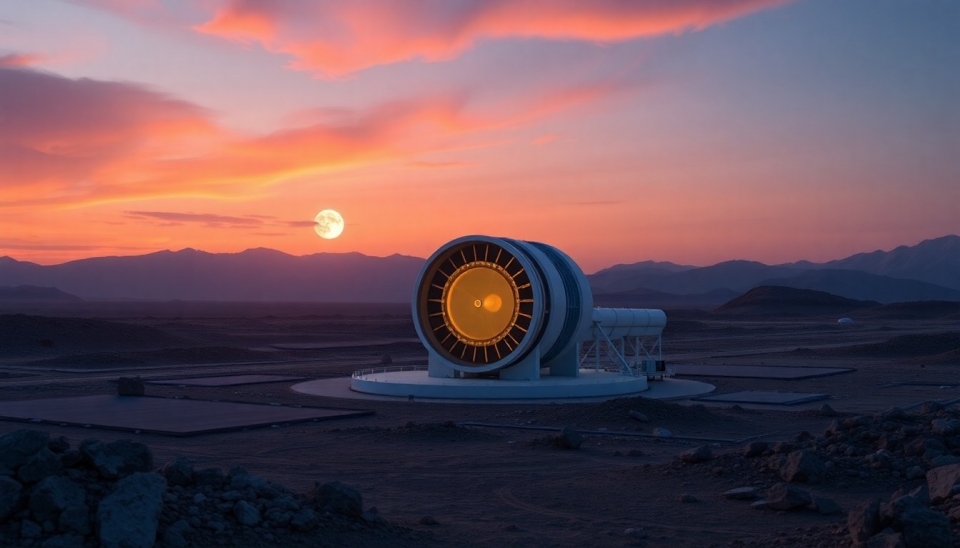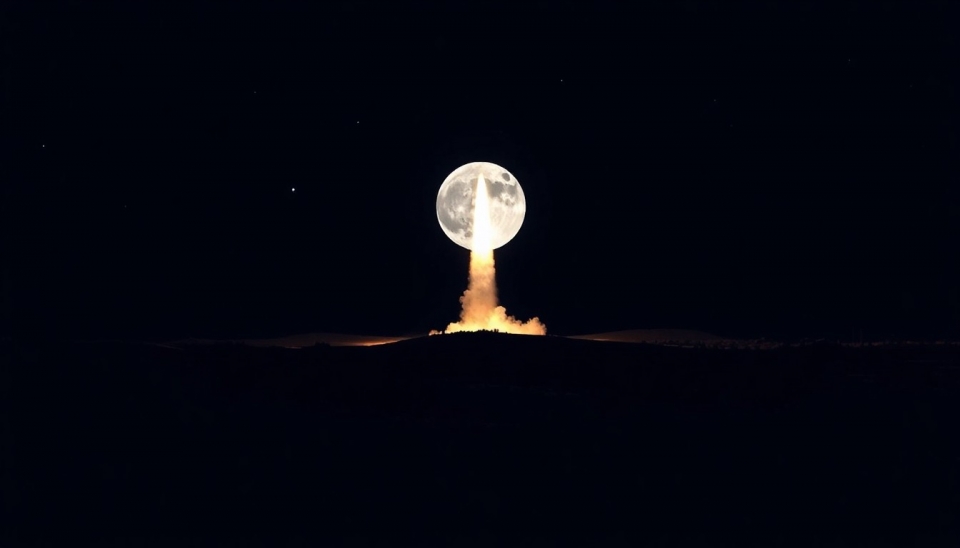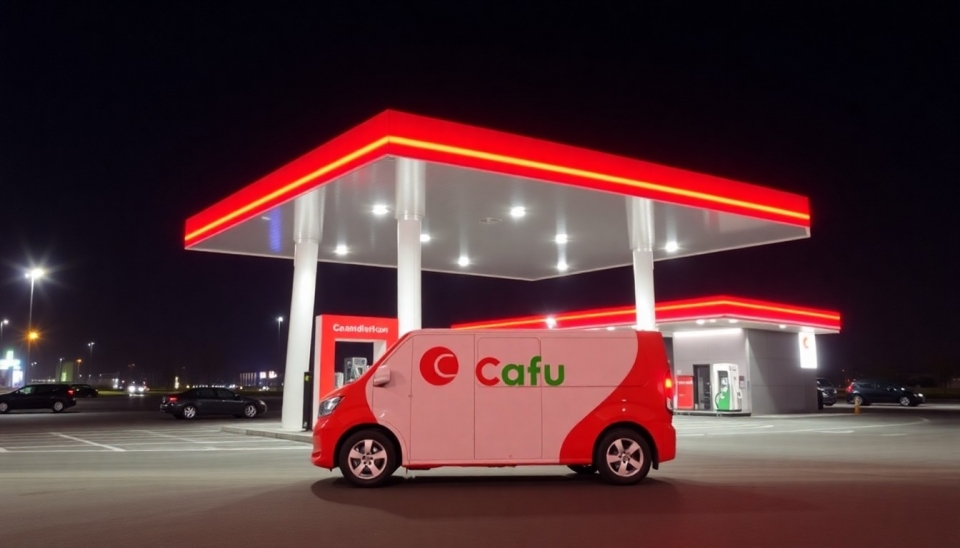
In an ambitious move aimed at expanding its technological footprint beyond Earth, Rolls-Royce is actively seeking partnerships to aid in the development of a nuclear reactor destined for lunar applications. The British aerospace and defense company has outlined plans to harness nuclear technology to power future lunar missions, reinforcing its commitment to advancing sustainable energy solutions for space exploration.
The project, which aligns with global interest in the Moon's potential for scientific research and resources, stands out as a pioneering effort in the quest for reliable energy sources on extraterrestrial bodies. The initiative reflects a growing trend among space agencies and private companies to consider the Moon as a viable base for extended human presence and operations.
Rolls-Royce's nuclear reactor design is specifically tailored for long-duration missions, which require a stable and efficient power supply. A successful implementation of such technology could pave the way for numerous applications, from sustaining human habitats on the lunar surface to supporting scientific experiments that rely on consistent energy input.
The initiative comes in light of increased government interest in lunar exploration, highlighted by both NASA's Artemis program and various international missions aimed at returning humans to the Moon. As part of this broader context, Rolls-Royce is positioning itself as a key player in the space industry, focusing on technological innovations that can cater to the demands of future off-world activities.
To further this project, the company is eager to collaborate with other entities in the space sector, ranging from governments and space agencies to private industry partners. By pooling expertise and resources, Rolls-Royce believes it can accelerate the development process of its lunar reactor, thereby enhancing the feasibility of extended human endeavors beyond our planet.
Moreover, Rolls-Royce has a precedent in the field of nuclear technology, boasting several decades of experience in crafting advanced nuclear systems for naval and industrial applications. This experience could be instrumental in ensuring that the lunar nuclear reactor is not only efficient but also safe for its intended complex operating environment.
As outgoing international space missions continue to garner attention, projects like this one reflect the critical need for innovative solutions to power long-term exploration initiatives. In doing so, Rolls-Royce aims to not only contribute to the technological advancements in space travel but also to demonstrate the viability of nuclear energy as a sustainable power source beyond Earth.
The timeline and specific details regarding the reactor's deployment remain under wraps, but Rolls-Royce is pushing ahead with its ambitious agenda, confident that collaboration with partners will enhance prospects for timely development.
Overall, the quest for energy solutions for lunar and potentially Martian habitats underscores an evolving understanding of the complexities involved in space exploration and the essential role that technology must play in overcoming the challenges ahead.
As society stands on the brink of a new era in space exploration, initiatives like Rolls-Royce's lunar nuclear reactor could significantly influence how humanity ventures into, resides on, and utilizes other celestial bodies.
#RollsRoyce #LunarExploration #NuclearEnergy #SpaceTechnology #ArtemisProgram #SustainableExploration
Author: Liam Carter




